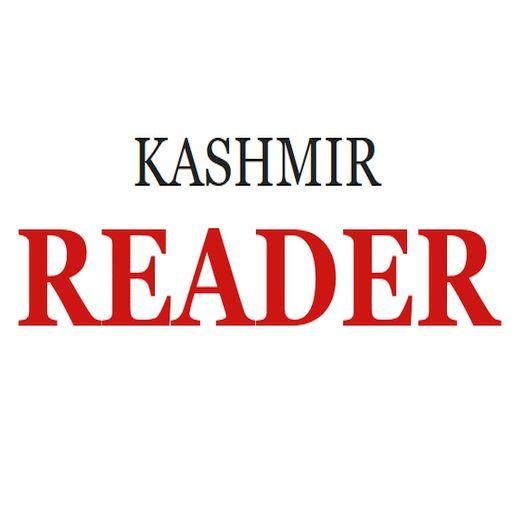Kashmir’s Social Media Landscape: Drowning in a Sea of Misinformation
The picturesque valleys of Kashmir, often referred to as "paradise on Earth," are facing a new and insidious threat – the pervasive spread of misinformation on social media. This digital deluge of distorted facts, sensationalized narratives, and outright falsehoods is not only misleading the public but also exacerbating existing tensions and eroding trust in credible journalism. A rising tide of self-proclaimed journalists, YouTubers, and influencers, driven by the allure of clicks, views, and the accompanying influence and income, are flooding online platforms with content that prioritizes engagement over accuracy. This alarming trend poses a significant challenge to peace and stability in a region already grappling with complex political and social dynamics.
The proliferation of misinformation in Kashmir has reached alarming proportions. Social media channels, once hailed as tools for democratizing information, have become breeding grounds for unsubstantiated claims, manipulated images, and deliberately misleading narratives. This distorted information ecosystem thrives on exploiting the emotional vulnerabilities of a population grappling with political instability and conflict. The rapid spread of fake news can inflame existing tensions, incite violence, and undermine the efforts of those working towards peaceful resolutions. It is essential to acknowledge the real-world impact of online actions and cultivate a more discerning approach to information consumption.
The driving force behind this surge in misinformation is the relentless pursuit of attention and engagement in the digital age. Clicks and views translate into influence and monetary gain, creating a perverse incentive for content creators to prioritize sensationalism over journalistic integrity. YouTubers and influencers, often lacking the training and ethical standards of professional journalists, frequently embellish facts, present information out of context, or fabricate stories entirely to attract a wider audience. The lines between credible journalism and entertainment become blurred, leaving viewers struggling to differentiate between fact and fiction.
Compounding this issue is the widespread lack of media literacy within the general public. Many individuals lack the critical thinking skills and digital literacy necessary to evaluate the veracity of online information. This vulnerability makes them susceptible to manipulation and allows misinformation to spreadunchecked. People are more likely to share content that aligns with their pre-existing beliefs or emotional responses, regardless of its accuracy. Addressing this gap requires a concerted effort to promote media literacy education, empowering individuals to navigate the digital landscape with a critical and discerning eye.
Combating the tide of misinformation in Kashmir requires a multi-pronged approach involving social media platforms, content creators, individual users, and community initiatives. Social media companies must take greater responsibility for the content shared on their platforms. This includes implementing more robust policies against the spread of false information, enhancing fact-checking mechanisms, and promoting verified sources of news and information. Content creators, whether self-styled journalists or influencers, must prioritize accuracy and transparency over sensationalism and clickbait. Ethical journalism requires a commitment to verifying information, presenting diverse perspectives, and correcting errors promptly.
Individual users of social media also bear a responsibility in combating misinformation. Before sharing any piece of content, it is crucial to verify its authenticity, consider the source, and assess its potential impact. Cultivating a healthy skepticism and a critical mindset are essential skills in the digital age. Community initiatives, such as workshops and seminars organized by local organizations and educational institutions, can play a vital role in promoting media literacy. These programs can equip individuals with the necessary skills to critically evaluate online information and identify misleading content.
Finally, government agencies can play a supportive role by promoting media literacy initiatives and encouraging responsible online behavior. However, it’s crucial that any government involvement respects freedom of speech and avoids censorship. The focus should be on empowering citizens to identify and combat misinformation themselves, rather than relying on government intervention to control the flow of information.
The rise of misinformation in Kashmir is a serious challenge that demands immediate attention. As social media continues to shape our lives, it is crucial to be proactive in our approach to information sharing and consumption. By prioritizing accuracy, promoting media literacy, and holding content creators accountable, we can create a more informed and resilient society. The power to dismantle the misinformation ecosystem ultimately lies within each of us. By embracing critical thinking, engaging in responsible online behavior, and promoting media literacy, we can collectively create a more truthful and trustworthy digital landscape.


